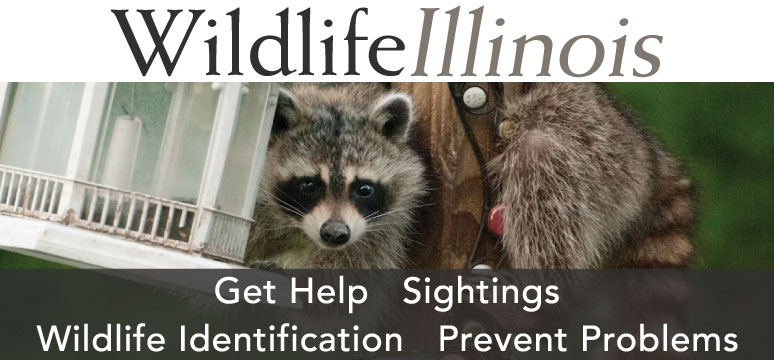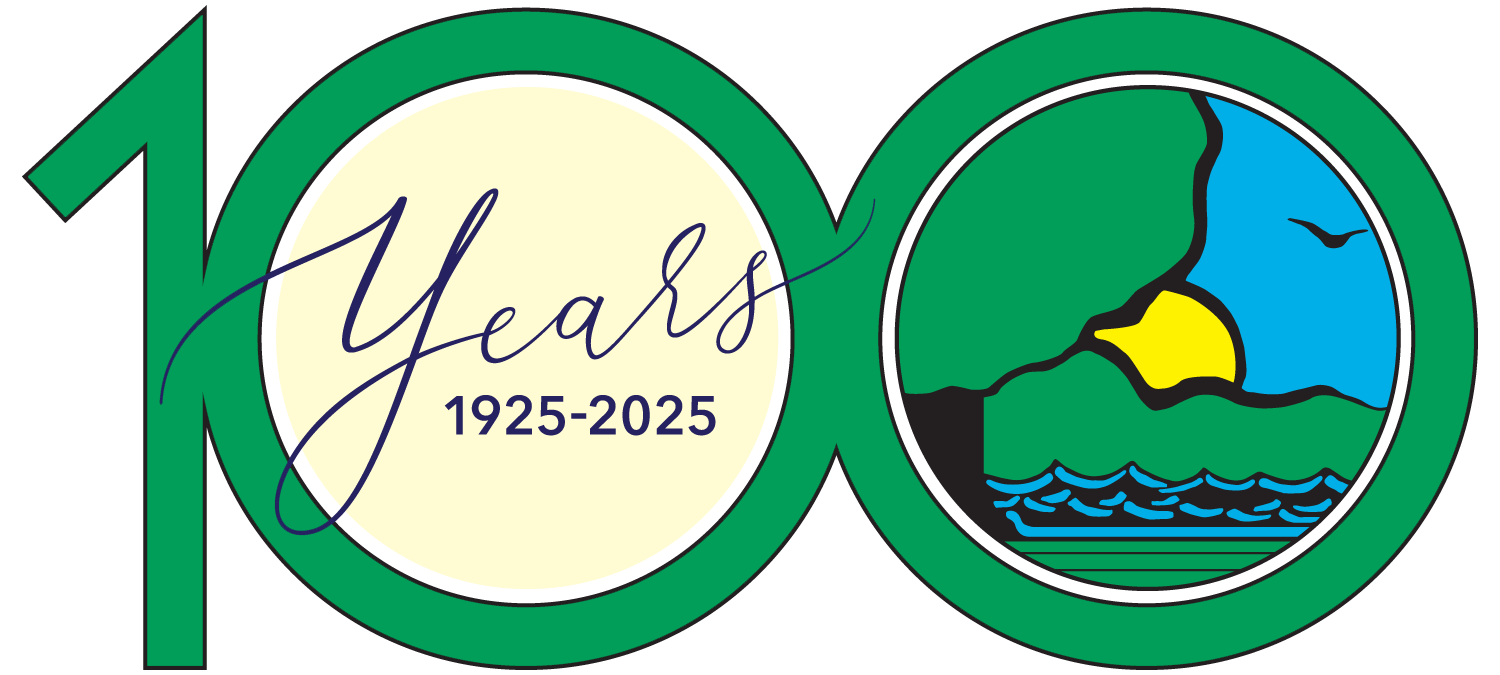
Photo courtesy of Illinois Department of Natural Resources.



Photo courtesy of Illinois Department of Natural Resources.
Upland game populations in Illinois have seen a slow, steady decline for most of the last 50 years. Changes in agriculture and land use have led to less upland habitat on the landscape. Modern farms are bigger, have fewer fencerows and idle areas, and consist of primarily two crops—corn and soybeans. Rabbits, quail and pheasants thrived alongside the diverse agricultural practices of the 1950s and 60s when farms had more livestock, small grains, pasture and fencerows. During the 1970s, the shift in agricultural practices and land use accelerated and populations of upland game, and the number of hunters, began a noticeable decline that continues today.

Statewide, there is less suitable habitat available in Illinois than in years past. Localized areas of high-quality habitat can still be found across the state, but overall, there are fewer areas that support good populations of upland game; providing less opportunity for hunters.
The winter of 2022-2023 was relatively mild and winter mortality due to weather was likely low. Spring brought below average rainfall over a large portion of Illinois with most of the state under drought or near drought conditions. Starting in June, localized areas of the state received large rainfall events which could have impact nesting attempts and brooding of small chicks. Overall, 2023 weather conditions were good for upland game during their peak nesting season.
The key to a successful hunt this fall will be locating and accessing quality habitat. All three of these species require different habitats, but there is considerable overlap. All three need protected places to raise their young, escape from predators, place to shelter from severe weather, and find adequate food and water. The most limiting factor for the birds seems to be quality brood cover. This consists of areas with plenty of bare ground that chicks can move through while they hunt for insects with sturdy overhead forbs to conceal them from predators. Rabbits need brush piles or dense vegetation to escape predators and take shelter from the elements. Pheasant prefer larger grasslands with fewer trees, and quail are rarely found more than 75 yards from escape cover where they can hide from predators.
Cottontail Rabbit—Outlook ‘Poor.’ Harvest estimates are based upon results of the 2022-2023 Illinois Hunter Survey. The 2022-23 survey estimated 16,314 hunters (9.5 percent decrease) harvested 47,194 rabbits in Illinois (an all-time harvest low and a 25 percent decrease), compared to the 2021-22 totals of 18,022 hunters and 62,583 rabbits harvested. One index of rabbit abundance is the annual roadkill survey conducted by biologists across the state during the months of June and July. This year’s index was 12 percent higher than last year’s.

Northern Bobwhite Quail—Outlook ‘Poor.’ The 2022-23 Illinois Hunter Survey estimated 5,431 hunters (3.4 percent decrease) harvested 11,653 wild quail in Illinois (60 percent decrease and lowest recorded yearly harvest total in Illinois), compared to the 2021-22 totals of 5,431 hunters and 28,637 wild birds harvested. The Illinois Department of Natural Resources conducts annual bird surveys across the state to track trends for game birds and other grassland/shrubland birds. The results of these surveys showed a decrease in quail abundance (3.2 percent) statewide.
Ring-necked Pheasant—Outlook ‘Fair.’ The 2022-23 Illinois Hunter Survey estimated 10,196 hunters (10 percent decrease) harvested 37,580 wild pheasants in Illinois (17.5 percent decrease), compared to the 2021-22 totals of 11,356 hunters and 45,548 wild birds harvested. IDNR annual bird surveys showed a slight decrease (1.6 percent) in pheasant abundance across the pheasant range.
Please keep in mind that the future of upland game hunting depends on the amount and quality of habitat. We encourage all landowners and hunters to take an active role in advocating for and managing upland habitat. Remember, even though these species are different, they all need four things to survive and reproduce: 1) ‘nesting’ habitat, 2) appropriate habitat to raise their young, 3) escape cover to hide from predators and inclement weather, and 4) available food and water.
Many landowners tend to plant food plots where they are not needed, such as along grain fields. Permanent habitat provides many food sources for wildlife and can meet many of their other needs. It is also important to keep in mind that wildlife need adequate escape cover and food 365 days/year. Please delay mowing during the nesting season (April through August) and leave some areas of habitat standing throughout the year. Good upland habitat looks “messy.”
More information on these species and some management tips for each, can be found in the most recent IDNR Annual Report.
Wade Louis is the acting Agricultural and Grassland Wildlife Program Manager for the Illinois Department of Natural Resources’ Division of Wildlife Resources.
Submit a question for the author